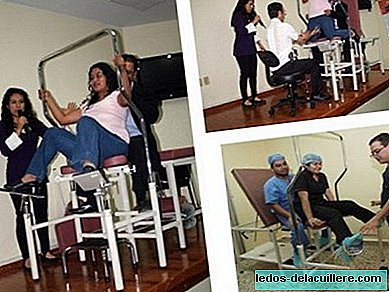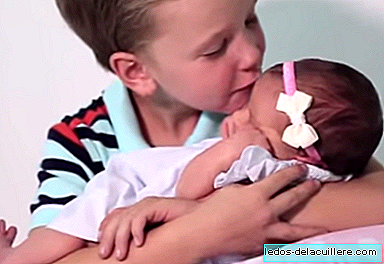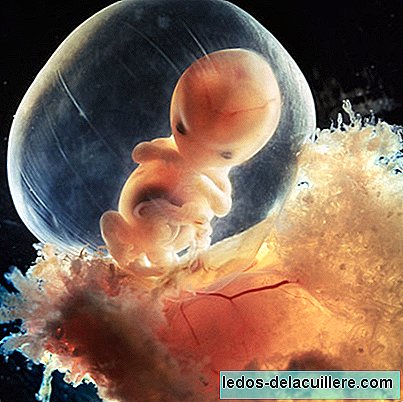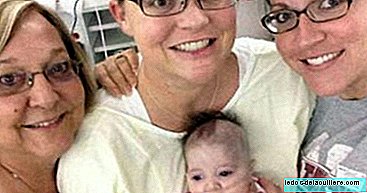James Harrison is Australian, is 81 years old and is known as "the man with the golden arm" for the peculiarity of his blood that It has saved the lives of more than 2 and a half million babies.
And it is that the scientific investigations carried out with its plasma ended up creating the anti-D gamma globulin, commonly known as RhoGAM, a treatment that is given to pregnant women affected by Rh incompatibility.
A very special blood donor
When James was 14 years old he became seriously ill and as a result they had to remove a lung, needing several blood transfusions to survive. In total, 7.5 liters were transfused and he always felt he was indebted to the people who helped him and wanted to return the favor.
And that's how, when he turned 18, James became a blood donor on a regular basis.
In those years, scientists were desperately looking for a way to end a very serious or even fatal condition for the newborn called hemolytic disease, caused by the incompatibility between the Rh of the mother and baby's blood.
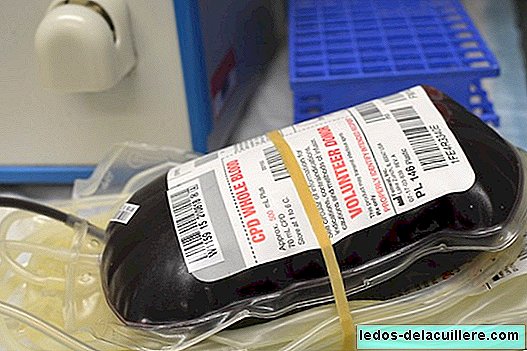 For 11 years, James attended his appointment as a donor until doctors discovered something amazing in his plasma.
For 11 years, James attended his appointment as a donor until doctors discovered something amazing in his plasma.In James's blood there was a rare antibody known as Rh (D) or anti-D immunoglobulin that the scientists saw that it could deactivate the reaction caused in the baby by the incompatibility of the maternal Rh.
That was how James became life insurance for many affected babies by this condition, and happened to be nicknamed "the man of the arm of gold", being the first Australian donor of plasma with anti-D.
More than 2.5 million babies saved
In 1999, James Harrison was awarded the Medal of the Order of Australia, and in 2011, at the age of 75, he fulfilled his 1000th donation, which at that time amounted to a donation every three weeks for 57 years.
And since he came of age, James has not stopped donating being very aware of the importance and peculiarity of his blood plasma, thanks to which it has helped to prevent the death of two and a half million babies, due to hemolytic disease.
Today, James is 81 years old and according to medical standards he has had to stop donating. Gone are more than 60 years of uninterrupted donations and millions of lives saved."Some people say that I am a hero, but I never did anything extraordinary. I was comfortable, sitting in a room while I donated. Then they offered me a cup of coffee and something to eat and I continued with my path and my obligations that day. There were never any problems or difficulties "- declares NPR while encouraging people to do the same.
What is Rh incompatibility?
Rh incompatibility is a condition that arises during pregnancy and cause of concern for many parents, but today it is easily detectable and preventable.
Rh is a protein found in red blood cells. It is determined by an antigen (the D antigen) found on the surface of red blood cells also known as red blood cells. When the antigen is present in the blood, the person is Rh positive factor, however if it is absent it is Rh negative.
If the mother is Rh negative and the father Rh positive, the baby has two thirds chance of inheriting the positive factor of the father, causing an incompatibility with the negative factor of the mother.If the baby's Rh factor is negative like the mother's, there would be no problem, but if he inherited the positive factor from the father, the mother's body could make antibodies by considering the baby's blood as something dangerous to attack.
These antibodies would pass to the placenta and begin to destroy the red blood cells of the fetus, causing mild problems to potentially fatal ones.

This incompatibility does not usually occur in the first pregnancy (unless it has been preceded by an abortion) since the body takes time to make antibodies.
Which is the treatment?
Nowadays, the treatment for Rh incompatibility is very simple and it is based on the use of special immunoglobulin injections called RhoGAM.
Therefore, if during pregnancy a Rh negative is detected in the mother being the positive father, the pregnant woman receives an injection of anti-D gammaglobulin around week 28 to prevent the manufacture of antibodies during childbirth, when the blood from the The mother can be mixed with the baby's, and another injection within 72 hours after delivery to prevent the mother from generating antibodies.
It is also administered in situations of risk such as amniogenesis, corial villus biopsy or abdominal trauma.
But, if for some reason it is detected that the mother has developed antibodies during pregnancy before the administration of these injections, the pregnancy should be controlled to apply the relevant treatment to the newborn, depending on its severity.
IStock photos
Via NPR
In Babies and More Blood tests in pregnancy: what they are done for, Rh incompatibility and dangers for pregnancy, Rh incompatibility: prevention, Rh incompatibility: treatment, Midwife question: Group incompatibility and HR, What Is Rh incompatibility?



